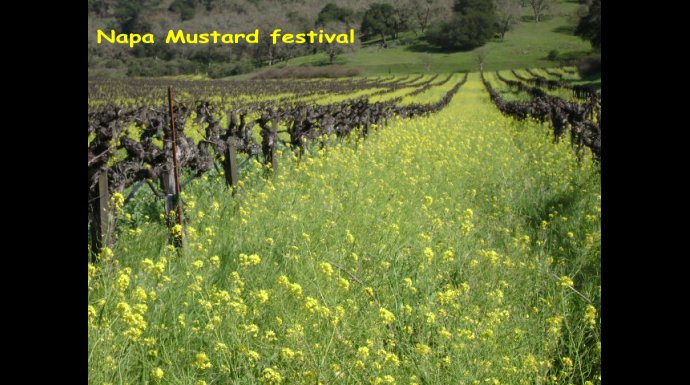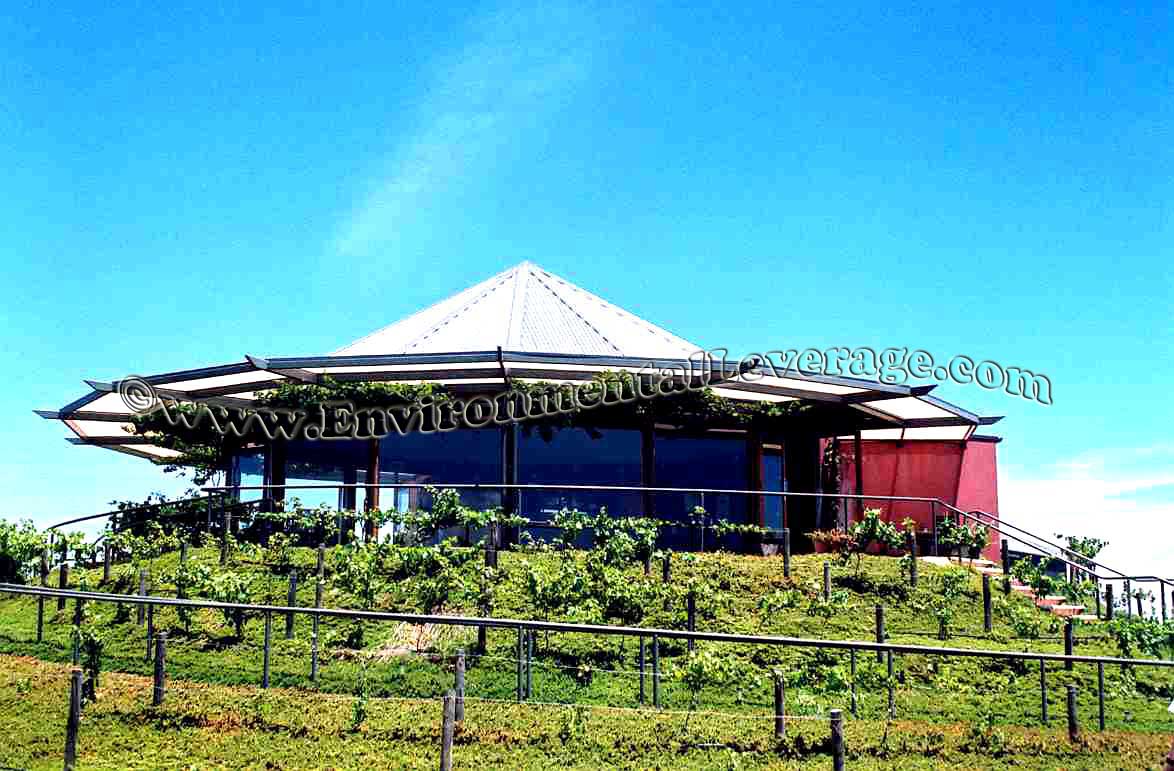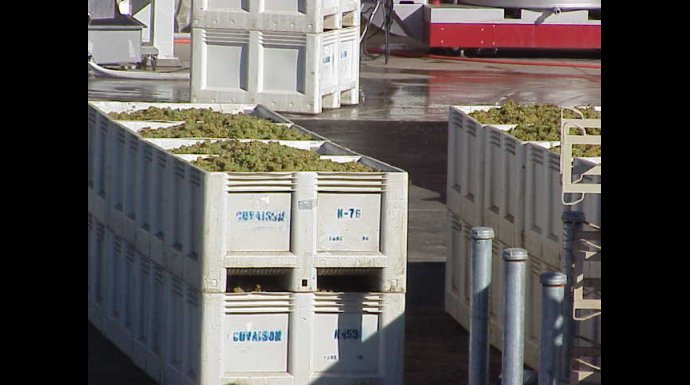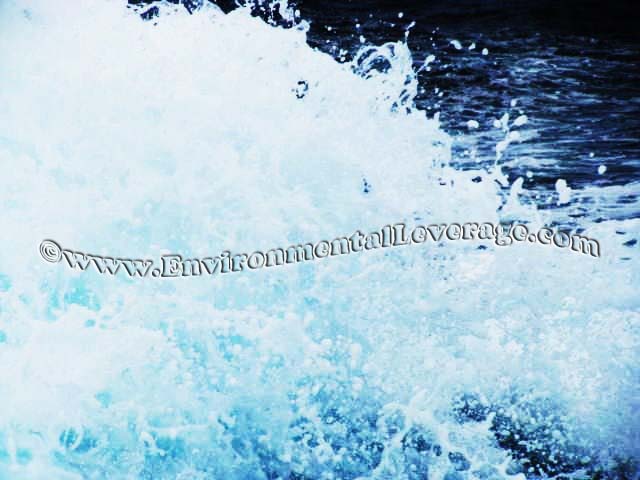Biological Products:
Bioaugmentation products for Wastewater applications in Papermills, Refineries, Chemical, Tanneries, Municipalities, Textiles, Steel, Agriculture, Animal feedlot, Gun Powder plant, Food and Beverage- Dairy Products, Orange Juice factory, Wineries, Cookie factory, Vegetable processing plant, Meat packing, Barbecue Restaurant, Aquaculture, Ornamental Ponds with algae , CAFO, Nursing homes, Military, Campgrounds, Universities, Regulatory agencies, River and Lake remediation
Lab Services:
Filamentous Identification Lab Service. One reason to identify filaments is to determine the filaments characteristics and then determine the type present. If the type is found out, a root cause can usually be associated with a particular filament. If the cause is known, then a correction can be made to alleviate problems. Chlorination is only a quick fix. Without process changes, filaments will grow back after chlorination. Wastewater Biomass Analyses and Cooling Tower Analyses also available
Training Materials:
Training is an integral part of any job. Not everyone is at the same level of training. Many people want beginning concepts and basics. Some need technical information or troubleshooting. Some want equipment, technology or process information. We have developed a full set of Basic training, Advanced training, Filamentous Identification the Easy Way as well as custom training CD's Manuals. We also provide hands-on training classes and soon will have an Online "E-University".
Audits and Consulting:
At Environmental Leverage® Inc., we have a team of experienced individuals who come into your plant with a fresh pair of eyes. The system is checked from influent to effluent. System optimization, equipment efficiency and operational excellence are key components explored. Key Benefits Equipment efficiency Total Cost of Operation reductions Reliability and safety An onsite audit is conducted to examine system parameters, process controls, and current monitor and control procedures. A physical walk-through is conducted, process flow diagrams are examined, previous design criteria are examined and current standard operating procedures are evaluated along with data logs.
|
WineriesWhat's New!
We have just added "Virtual Audits" to our capabilities. Check out our new Services. We are in the process of developing new courses for our ""Online E-University" in order to meet the needs of our global customers that cannot travel to our public classes.Visit our new website www.WastewaterElearning.com/Elearning
Wineries worldwide- over 168 Countries produce wine
Water reuse is a huge part of the Winery sustainable program. Many wineries use treated wastewater to irrigate vineyards or landscaping, or may use it for frost protection, fire protection, or dust abatement. Beneficial Reuse
Winery waste is defined as any byproduct of winemaking operations
At some operations, discharged winery process water could also include cooling tower and boiler blowdown, distillation, and wine ion exchange regeneration. EPA Office of Compliance Sector Notebook Project, Winery Industry. More information can be obtained on the EPA website http://es.epa.gov/oeca/sector or
by
contacting Environmental Leverage
There are tons of files containing information on every subject from A to Z on the internet with standards, benchmarks and industry BMP's. The problems is, who has time to dig and find it all. It is not always in easy to find places. We have tried to show you some of the ones we though might be useful. There are links to the places where we found some of them in case you want to dig deeper on a particular subject and find out more.
Typical Raw Winery Wastewater Influent Characteristics pH (that can range from 2.5 to 11 with seasonal fluctuation) BOD (range of 300-12,000 mg/l) Nitrogen (1-50 mg/ l) TDS/salts (80-3,000 mg/l) Phosphorus, Sulfates Total Suspended Solids (TSS) Dissolved Oxygen
Winery Waste Water and It’s Components Mash from pre-clarification occurs only in production of white wine, consists of very fine solids (such as grape pulp) which settle and are discharged, or as bottom sludge. Amounts: 3-12 l/hl must BOD5: up to 115000 mg/l O2 Yeast mash causes the main load off the waste water after the first
broaching - BOD5: approx. 170000 mg/l O2 Mash from polishing, that is separated, is 2.5 Vol% of the produced wine volume. BOD5: approx. 100000 mg/l O2 Product losses: wine is a liquid with a high organic load - BOD5: approx. 110000-150000 mg/l, For cost reasons and the high specific pollution load product losses must be avoided.
Waste water from the cleaning process: Most of the waste water is from cleaning of tanks and barrels. - from intermediate storage tanks, - from separators, pumps and pipe lines, - back wash water from separators and sludge filters, Waste waters from bottle cleaning, Waste water from cellar cleaning in general
Waste water in total: The following partial flows are produced in addition: - back wash water from kieselgur filtration, - wash water from sulfur dioxide washing. Average waste water amount during the season: small and middle-size companies: 160 - 300 l/ha d, - big companies: 40 - 200 l/ha d, Organic load: small and middle-size companies: 0.54 - 0.97 kg BOD5/ha d, big companies: 0.32 kg BOD 5/ha d
Typical Methods of Wastewater Treatment for Wineries
There are three main techniques utilized by wineries to reduce BOD levels: Septic tank leach field (which quickly plugs with the high solids loading
rate),
Wastewater Land Application Wastewater Land Application has it limits. The maximum loading rate of
100,000 gallons/acre/week (4 inches/week) was recommended for sandy,
well-drained soils. One application day of wastewater was followed by six
resting days for draining and drying. A waste water system must also include
a holding pond to retain the water for the six winter months when ground
application is not allowed.
Typical Waste and Water Winery Concerns Sustainable environmental management Sustainability Old technologies are being disallowed, i.e.
Air Quality If a winery discharges more than ten tons of Volatile Organic Compounds ("VOCs") such as ethanol from the fermenting process, it will need an Air Contaminant Discharge Permit ("ACDP") from the DEQ.
California Winery Wastewater The current BOD value for Napa and Sonoma Valley land application is 40
ppm.
Economic Benefits Long-term viability of land and business
Long-term viability of land Stewardship of unique and specific land
Typical Wastewater Treatment Issues Incoming pH neutralization
Problems caused by Wastewater When high levels of BOD combine with chlorine from chlorinated water
sources, a known cancer-causing disinfection byproduct, Trihalomethanes
(THMs), forms. Water Recycling and Reuse: The Environmental Benefits
What Are Biosolids? Nutrient-rich organic product of the wastewater treatment process
Shoot length 125mm 75mm Shoot diameter 14mm 10mm Yield at first harvest 2.5kg 0.75kg Bunches/vine 43 21
Raw and Composted Marc Composition RAW MARC COMPOSTED MARC Nitrogen 1.4-1.6% 2.3% Potassium 2.1-2.3% 1.3% Phosphorous 2.0-2.4% 0.5% pH
3.7-3.9%
7.3%
*Hitting the marc.(organic waste disposal) Wines and Vines, August, 2001, by Frank Smith
Did you know. . .. A winery produces 11.5-to-16 gallons of wastewater for each case of wine produced. Another Australian project is investigating ways of using winery wastewater for vine irrigation. It is estimated that every ten milliliters of wastewater recycled for irrigating vines yields an extra gross income of from $20,000 to $50,000 per year.
Case History : Winery Start-up using biological products-
There are things to watch when starting up a plant though, as serious white foaming can be a problem and levels must be monitored.
Lagoon Troubleshooting for Wineries
Bioaugmentation for reduction of BOD and TSS For a full onsite audit of your plant- Contact Environmental Leverage inc. 630-906-9791 Wastewater in Wineries- Problems and Solutions Troubleshooting Lagoon Systems Wastewater in the Fall- Problems and Solutions Lagoons-Winter BOD issues and bioaugmentation Learn how Environmental Leverage can help your plant Bioaugmentation in wineries- impact on BOD and TSS Filamentous bacteria can be a problem if solids are held too long in a clarifier also. Total System Optimization- Case History Lab Testing and Troubleshooting Newsletter
Bioaugmentation Products, Click each Product Link MicroClear® 206 for Winery Wastewater
More to come . . . . .
Sign up for our
monthly
newsletter
Training Classes Schedule: Click this Sentence Link
YouR facility can Host a Wastewater Training class at your site Call Bryan at 630-906-9791
Biological Wastewater Treatment 100 Main St. South, St. Helena, CA 94574
Napa Valley- Winery Napa, California
|

 WINE
SALES IN THE U.S. and globally have skyrocketed.
WINE
SALES IN THE U.S. and globally have skyrocketed.
 We
were asked to provide products for a brand new winery start-up. We started
them on a dual program with bacterial product-
MicroClear 206 and
MicroClear M100- micronutrients. The plant was supposed to have an
influent of 8000 ppm of BOD, but some days, it got as high as 16,000 ppm. By
using biological products, you can shorten the time for start-ups and
increase the MLSS and get the plant up and running quickly.
We
were asked to provide products for a brand new winery start-up. We started
them on a dual program with bacterial product-
MicroClear 206 and
MicroClear M100- micronutrients. The plant was supposed to have an
influent of 8000 ppm of BOD, but some days, it got as high as 16,000 ppm. By
using biological products, you can shorten the time for start-ups and
increase the MLSS and get the plant up and running quickly.



